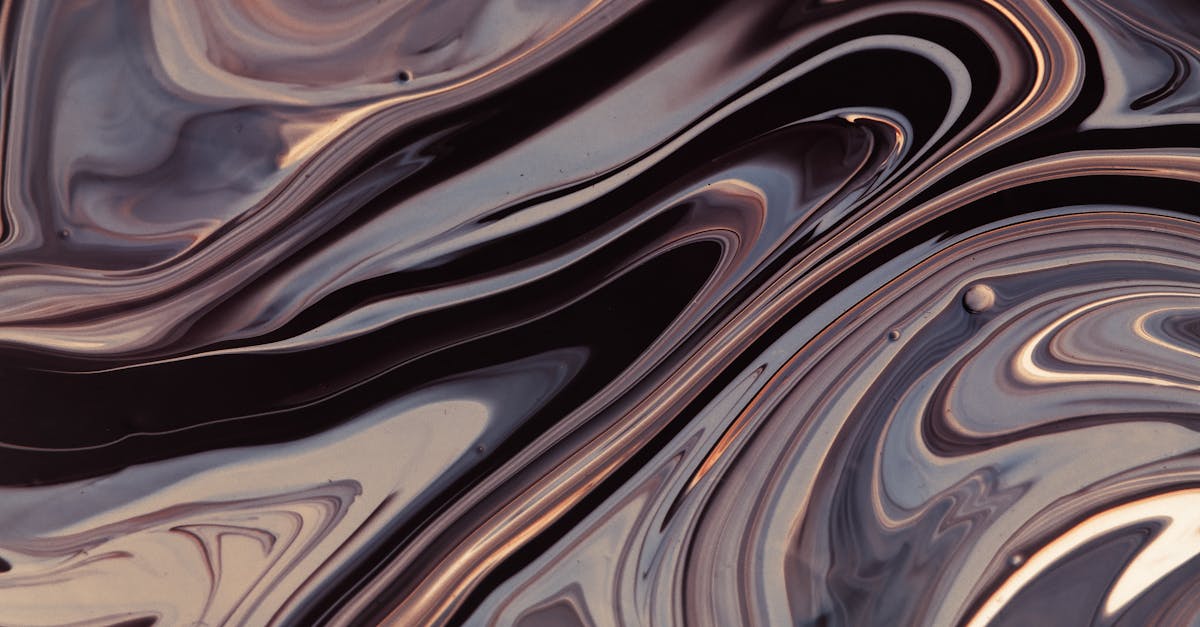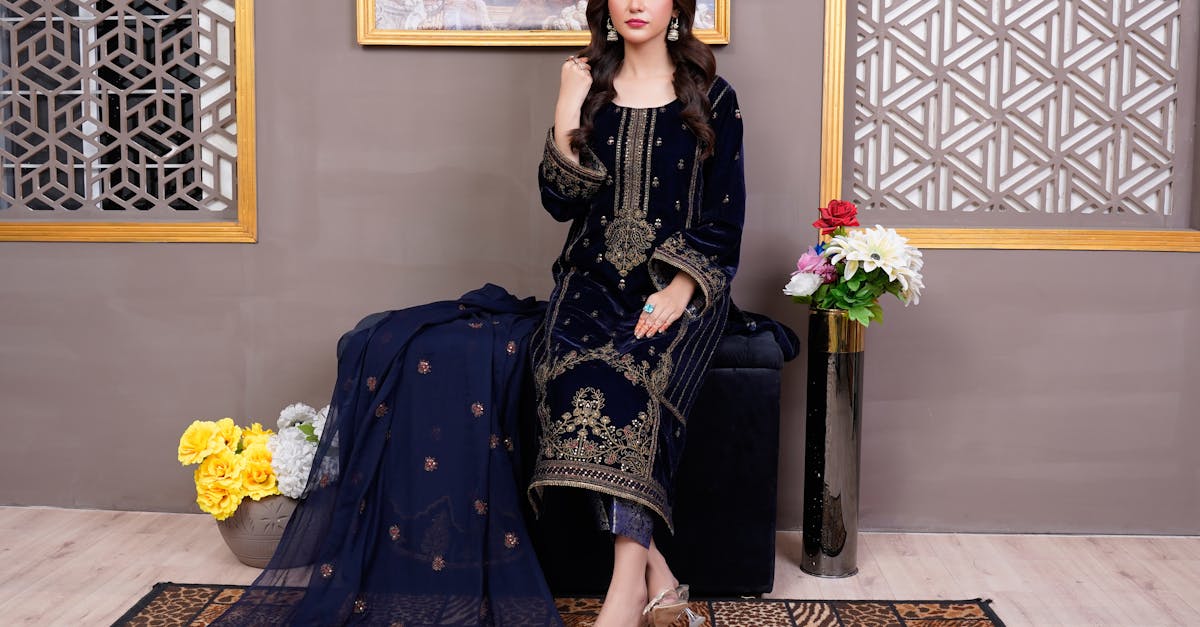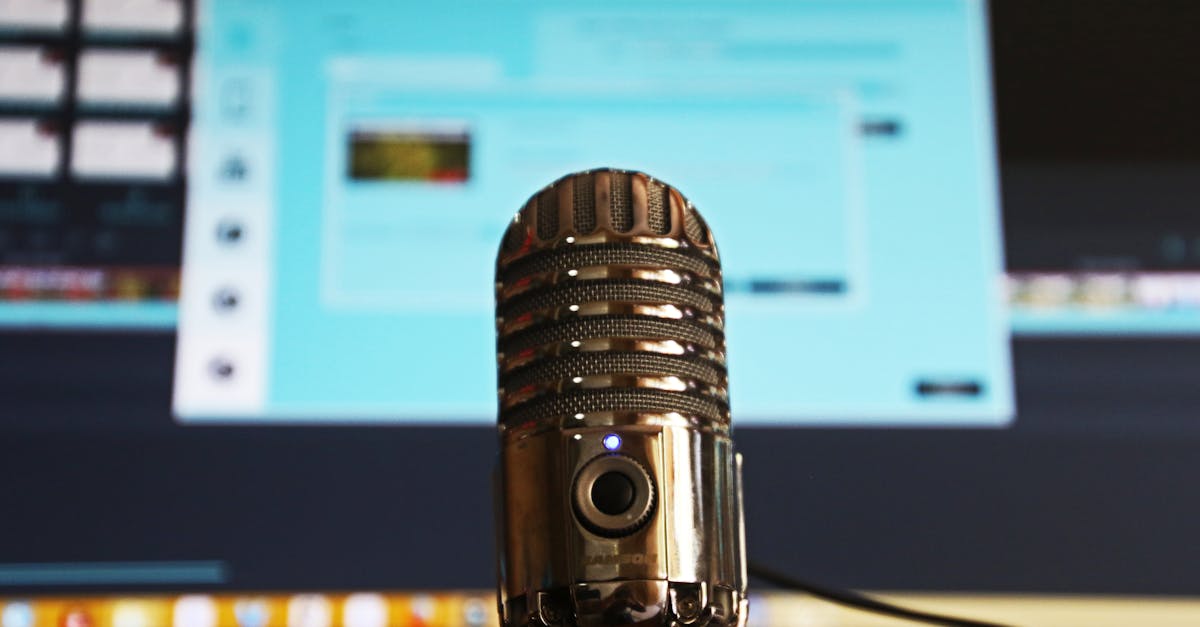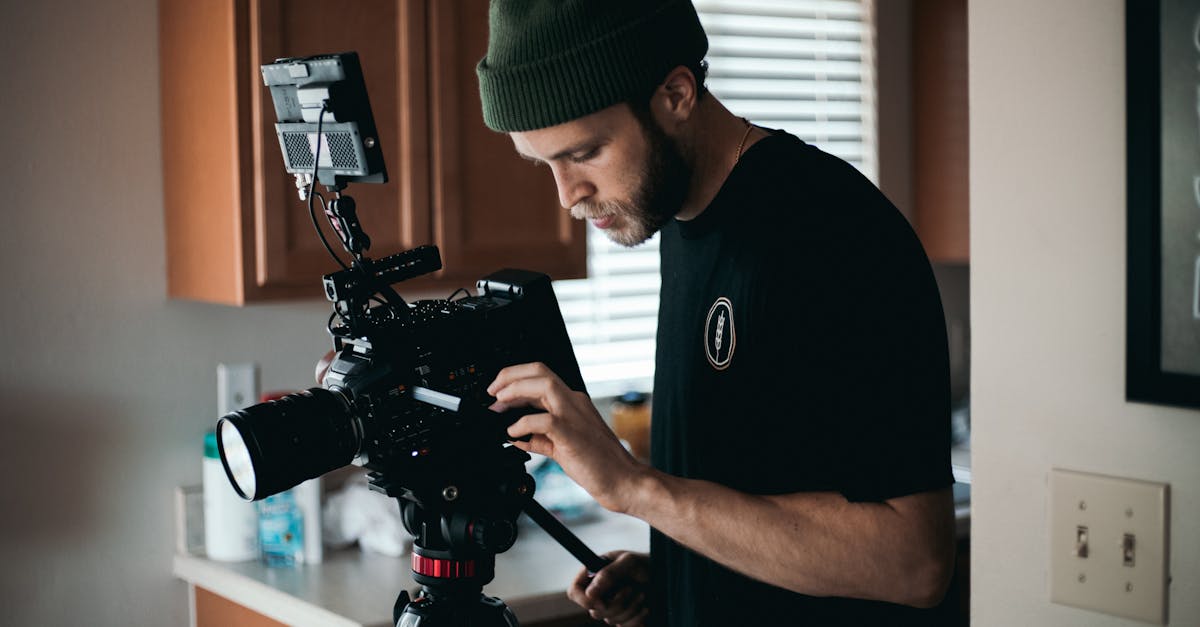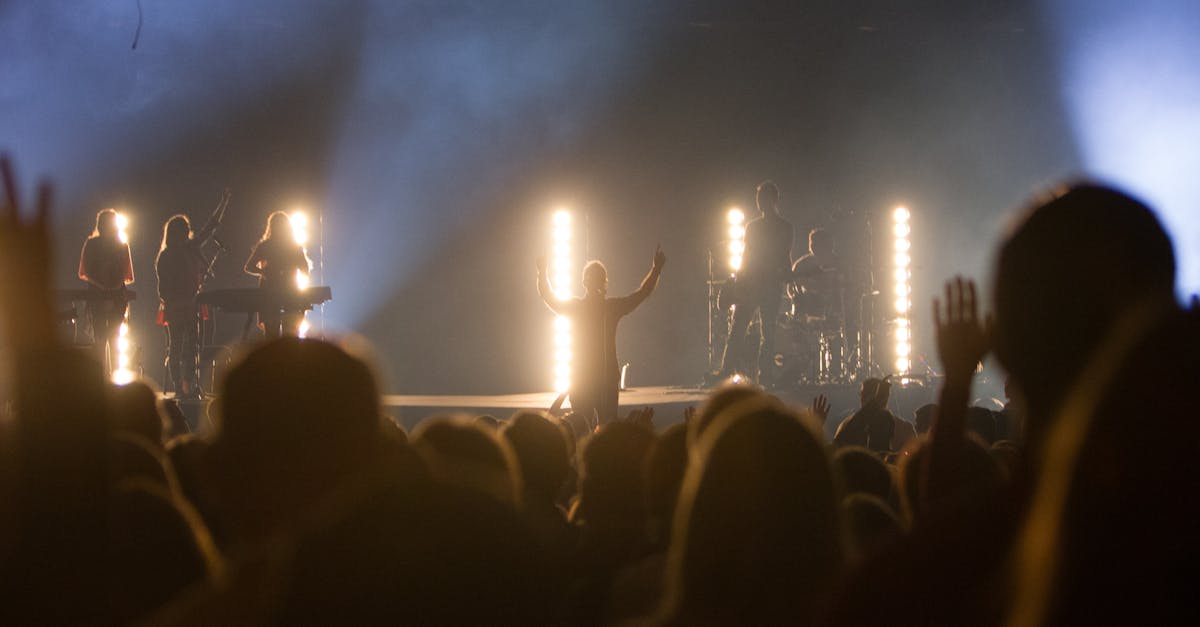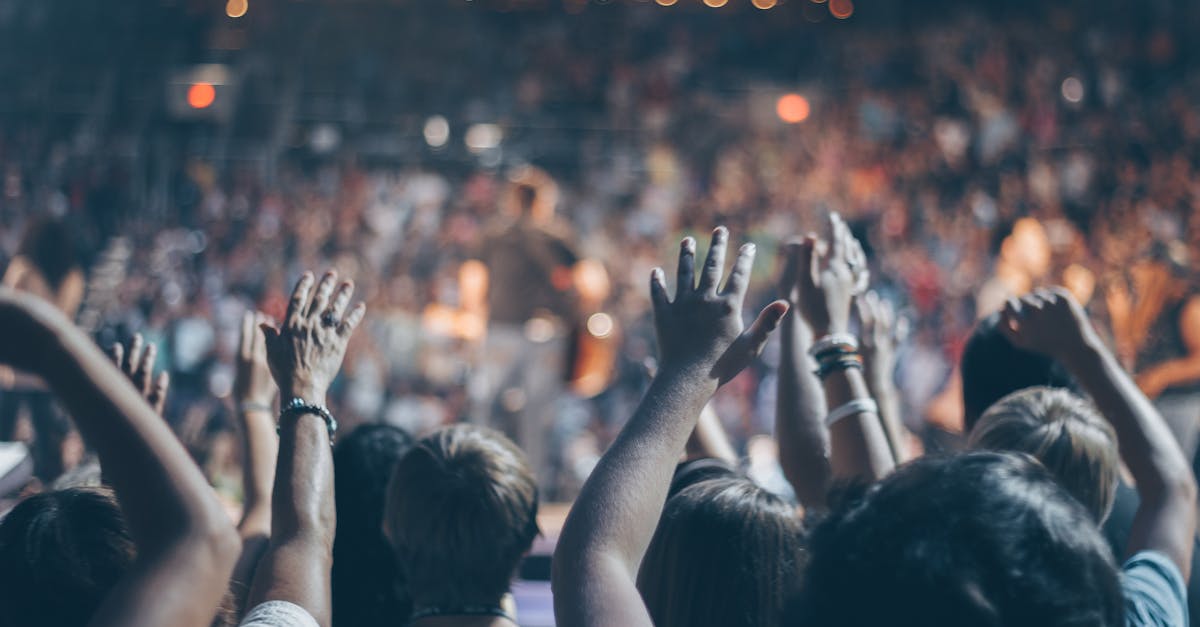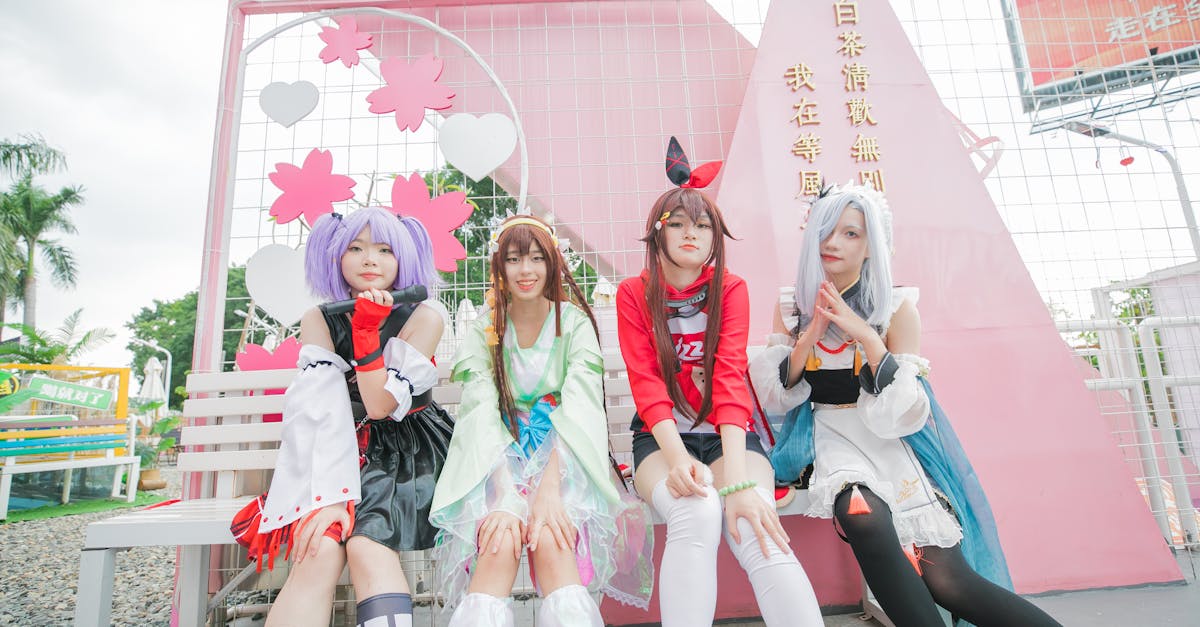Understanding Creative Flows In Arts and Entertainment
Introduction
In the vibrant worlds of arts and entertainment, the concept of "creative flow" plays an integral role in shaping experiences for audiences and creators alike. This dynamic state of being, where individuals are fully immersed and performing at their highest potential, can deeply impact both the process and the final product. The idea of flow is not new; it has informed artistic practices across cultures and eras. In modern times, it intertwines with various artistic expressions, from performances to visual artworks. By understanding creative flows, we gain insight into how emotions, ideas, and inspirations converge into memorable experiences. This exploration offers valuable lessons on the interconnectedness of creativity and its manifestations.
Advertisement
What is Creative Flow?
Creative flow is a psychological state where individuals are completely absorbed in their work, merging focus and enjoyment seamlessly. Coined by psychologist Mihaly Csikszentmihalyi, it describes moments when people lose track of time, feeling both energized and aligned with their objectives. In arts and entertainment, flow can be witnessed during a riveting performance, a painter at work, or a writer drafting a compelling narrative. Rather than just a fleeting moment, flow constitutes a peak experience where creativity is at its zenith. It allows artists to transcend constraints, resulting in works that resonate profoundly with audiences.
Advertisement
Factors Influencing Creative Flow
Numerous factors contribute to achieving creative flow, each uniquely affecting how artists and entertainers operate. Firstly, a challenge that matches one's skill level can evoke flow. If a task is too easy, boredom ensues; too difficult, anxiety takes over. Secondly, a clear sense of purpose and immediate feedback are essential. When artists know their goals and what impact their work should have, they're more likely to enter a state of flow. Lastly, environment and mindset also play critical roles, with stimulating surroundings and positive emotions fostering an ease of flow within artists.
Advertisement
Flow in Performing Arts
In performing arts, flow is most evident when artists are fully present on stage, delivering performances that captivate audiences. Dancers, musicians, and actors often describe these moments as transcendental, where their actions feel both effortless and invigorating. This phenomenon happens when performers deeply connect with their craft, allowing them to transcend technical constraints and engage audiences on an emotional level. Audiences, sensing this authenticity, become entranced, often resulting in shared experiences that have the power to linger long after the curtain falls.
Advertisement
Flow in Visual Arts
Visual artists experience flow differently, as it often involves solitary practices—yet the principles remain consistent. While working, these artists lose themselves in brushstrokes, sculptures, or digital compositions, where time becomes inconsequential. Here, the concentration required to materialize intricate visions fosters an overwhelming sense of peace and fulfillment, often resulting in deeply meaningful and innovative creations. As with performers, the end result is art that carries an unmistakable signature of the creator's peak expressive moments.
Advertisement
Entertainment and Audience Experiences
The role of creative flow is not limited to artists; it extends to how audiences perceive and experience various forms of entertainment. When presented with work crafted in flow, audiences themselves can become absorbed, relating to the emotions and themes depicted. The seamless transfer of energy from artist to viewer fosters a collective immersion where entertainment transcends passive consumption. This highlights an essential component of the arts—creating connections that invoke reflection, inspiration, and even activism in viewers.
Advertisement
Impacts on Productivity and Innovation
Flow not only enhances artistic expression but also influences productivity and innovation across creative industries. In workplaces that prioritize flow-inducing environments, employees often produce higher-quality content and innovative solutions. Artistic collaborations benefit as well, as flow facilitates communication and shared objectives among team members. By encouraging the experiences that contribute to flow, organizations can inspire collaborative breakthroughs and nurture creative communities that push boundaries and explore new possibilities.
Advertisement
Modern Techniques to Enhance Flow
With evolving insights into psychology and creativity, modern techniques can help artists and creatives achieve flow more consistently. Mindfulness practices, such as meditation and visualization, support focus and present-moment awareness, crucial components of reaching a flow state. Structured time management and setting realistic goals further align everyday activities with desired outcomes. Technological tools—like virtual reality or AI—also offer experimental grounds for flow, creating novel environments where artists and entertainers can immerse themselves and explore new frontiers of creativity.
Advertisement
Challenges to Maintaining Flow
Despite its benefits, maintaining creative flow poses challenges, particularly in fast-paced industries like entertainment. The pressure to produce constantly can stifle creativity, while distractions and interruptions fracture the tenuous state of flow. Additionally, commercial considerations can sometimes outweigh artistic intentions, diverting focus from meaningful exploration. Addressing these challenges demands balancing external pressures with the inner drive for quality and authenticity, ensuring that artists can continue crafting works that resonate while thriving in their creative endeavors.
Advertisement
Conclusion
Creative flow stands as a pivotal element in the arts and entertainment sectors, providing the foundation for exceptional talent and transformative experiences. Understanding the mechanics of flow enables artists to harness its power, creating works that resonate deeply and inspire audiences. As we strive to curate environments conducive to flow, both creators and viewers benefit, finding enrichment and connection in shared creative expressions. As industries evolve, prioritizing flow will remain vital, empowering artists and audiences alike to explore and celebrate the boundless potential of human creativity.
Advertisement


